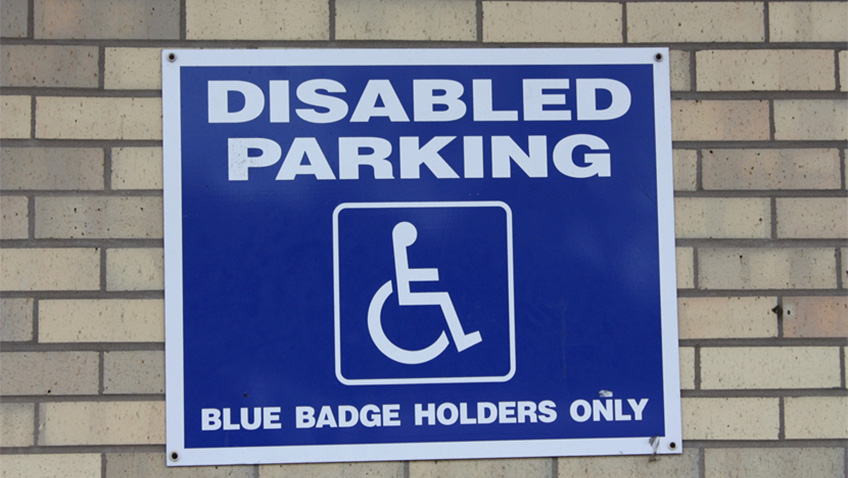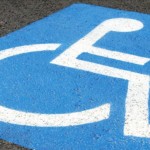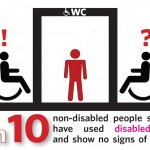The Blue Badge scheme provides those who are eligible for the scheme with a badge to display in the window screen of a car or vehicle that they are travelling in to enable them to park closer to their ultimate destination.
What many people may not realise is that if you hold a blue badge you don’t have to drive the vehicle you are travelling in; you can use the badge as a passenger. Blue badges are intended for on-street parking only and are not necessarily valid for use in car parks. If you are looking to park your car in a car park always check the rules of the car park; some will allow blue badge holders to park for free but some will not.
The badge will allow you to park for free in disabled parking bays, at parking meters and in on-street pay and display bays. It may also allow you to park on some single or double yellow lines for up to three hours, unless there is a “no loading” restriction. If you park on yellow lines you must display the time you parked the vehicle clearly in the windscreen using the clock that comes with the badge.
Who is eligible?
There are certain criteria that are taken into consideration when you apply for a blue badge. You will qualify for a blue badge if you:
- receive the higher rate of the mobility component of Disability Living Allowance (DLA);
- receive a Personal Independence Payment (PIP) and scored eight points or more in the “moving around” part of the assessment;
- are registered blind or severely sight impaired;
- get War Pensioner’s Mobility Supplement;
- received a lump sum payment as part of the Armed Forces Compensation scheme and have a permanent and substantial disability that affects your walking.
You may also be able to get a blue badge if the person you drive has dementia, for example if their judgement or perception is affected or if they can’t be left alone while you park or move a car.
However, in these cases the decision to award a blue badge is discretionary so it’s a good idea to get help to make the application. If you think you may qualify in this manner then it’s a good idea to contact the Alzheimer’s Society who will be able to give you advice on how best to apply.
Who can use it?
A blue badge is for the use and benefit of the person to whom it has been awarded and only that person. It must only be used if you are travelling in the vehicle as a driver or passenger, or if someone is collecting you or dropping you off and needs to park at the place where you are being collected or dropped.
You should not allow other people to use the badge to do something on your behalf, such as shopping or collecting something for you and you should never give the badge to friends or family to allow them to park for free, even if they are visiting you. It is a criminal offence to misuse a blue badge.
How do I apply?
The blue badge scheme is administered by your local authority and you should make your application direct to them. When applying you will generally need the following:
- the details of your current Blue Badge (if you have one);
- a digital or signed photo;
- your National Insurance number;
- proof of identification, such as a birth or marriage certificate, passport, ID card or driving licence;
- proof of your address, for example a Council Tax bill or a utility bill from the last three months;
- the decision letter from the Department for Work and Pensions confirming your eligibility (if you have one).
For more information on blue badges and the eligibility criteria visit www.gov.uk/get-blue-badge.




